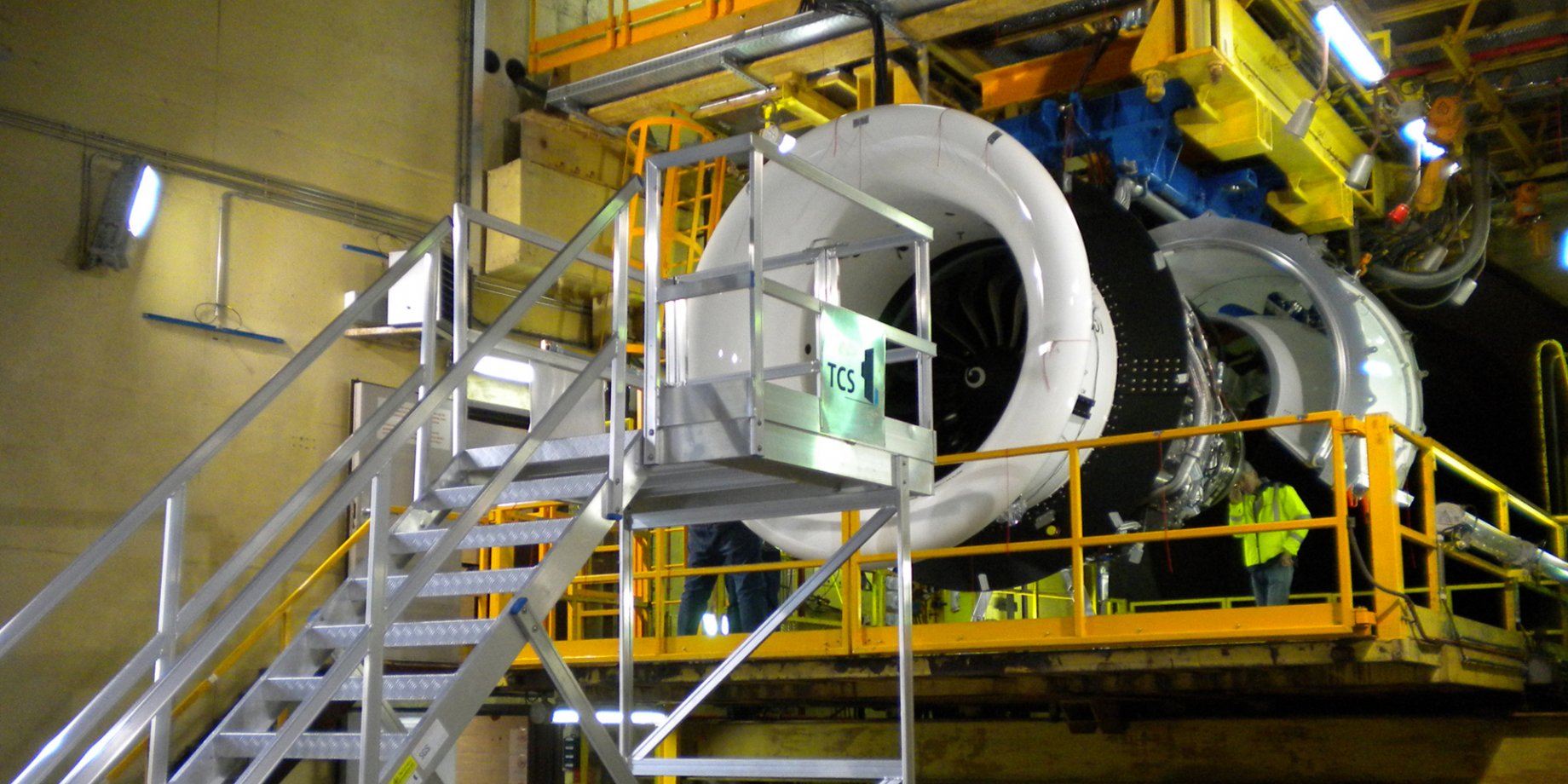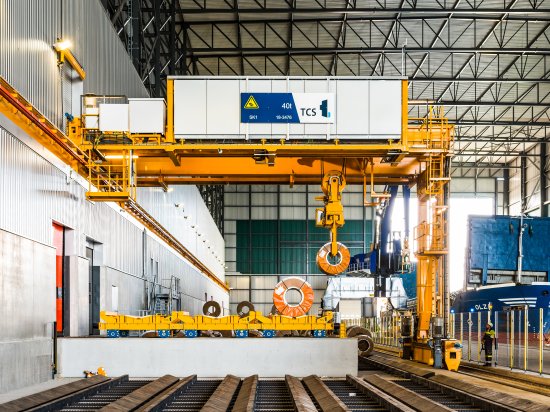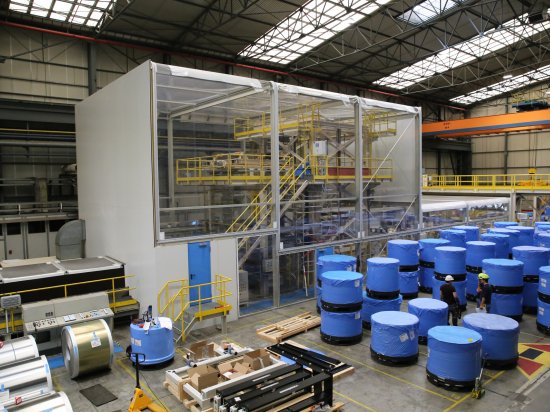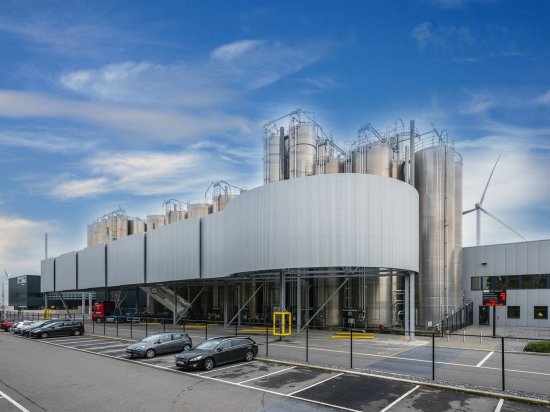The test cell is a crucial installation at SSB, since it is used for testing the maintained engines prior to delivery (see also ‘Time is money in aircraft engine maintenance’). The cell is a structure supporting the aircraft engine while it is operated, replicating real-life conditions. This allows SSB to measure the engine’s actual thrust and compare it with specifications and performance requirements.
A variety of jobs
The recent introduction of a new generation of engines (called LEAP) in a number of Boeing, Airbus and Comac airliners meant the SSB test cell had to be adapted. Yves Lagrange explains: “The new LEAP engines are larger than the CFM engines we have been maintaining and testing for several decades now. For this reason it turned out we needed to extend the main platform. We also had to install an additional monorail hoist to be able to carefully bring the engine accessories into position. In addition, conducting development tests on the new LEAP engines entails a greater workload, including increasingly complex data acquisition compared to the usual maintenance tests we perform on the CFM engines. Instead of checking 100 parameters, we now have to measure ten times that, requiring us to install a whole battery of electronic devices on the platform, some of them fairly hefty. And finally, new safety regulations meant we needed to adapt pathways, stairs, ladders, and banisters.”



